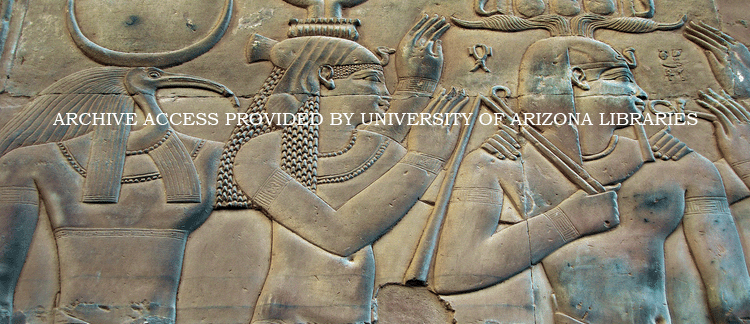Abstract
This article poses a question concerning the possible source(s) of the appearance, in an eleventh-century-BCE Egyptian narrative, of a legal injunction that, surprisingly, finds its closest written analogue in eighteenth-century Babylonian law. The author attempts to answer that question by postulating that the long process of idea transfer could have been facilitated by the Hurrians, a very culturally influential people often overlooked in general studies and discussions of the ancient Near East. This possible cuneiform legal presence in “The Report of Wenamun” (P. Moscow 120) concerns a Babylonian juridical concept known as šurqa(m) mullû(m), which involves, under particular conditions, the replenishment of the value of stolen goods to a victim of theft through municipal compensation. This concept is found on the law stele of Babylonian ruler Hammurabi, as well as in the laws of the Hurrian-influenced Hittites and the Hurrian-controlled municipality of Nuzi in the northeastern Mesopotamian kingdom of Arrapha. The potential Hurrian influence inside the pharaonic palace of Egypt, through royal marriages in the fifteenth, fourteenth, and thirteenth centuries, will also be discussed.
How to Cite
Campbell, J. E., (2010) “A Cuneiform Legal Presence in “The Report of Wenamun”?”, Journal of Ancient Egyptian Interconnections 1(3), 1-10. doi: https://doi.org/10.2458/azu_jaei_v01i3_campbell
1602
Views
2005
Downloads
